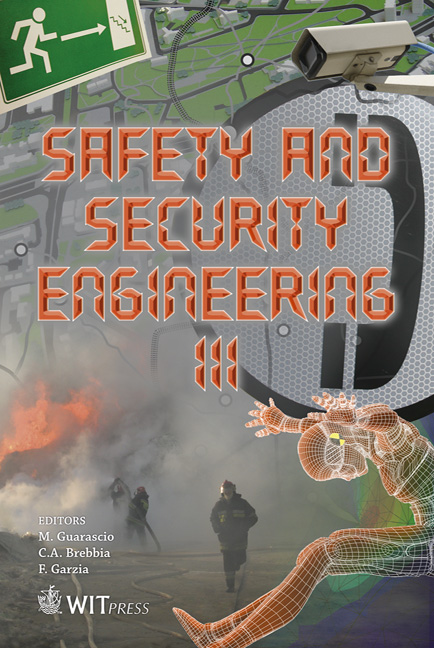Safety Of Railway Control Systems: A New Preliminary Risk Analysis Approach
Price
Free (open access)
Transaction
Volume
108
Pages
10
Page Range
627 - 636
Published
2009
Size
682 kb
Paper DOI
10.2495/SAFE090581
Copyright
WIT Press
Author(s)
F. Guenab, J.-L. Boulanger & W. Schön
Abstract
Preliminary risk analysis (PRA) is a methodology used in critical systems safety studies. It is primarily used at the preliminary stage of the system’s design so as to determine the scenarios of potential accidents, to evaluate their probabilities of occurrence (frequency) as well as the severity of the resulting consequences and to propose solutions (preventive and/or mitigative safeguards) in order to reduce the risk level in terms of severity/occurrence (to reduce the frequency of the contributors or reduce the severity of the accident). The preliminary risk analysis was largely used in several industrial fields (aeronautics, weapons systems, chemistry, railways...) in order to study the safety of the systems. From one field to another, from one expert to another, many extremely different approaches and methods are used to carry out this analysis. Moreover, the formats representing the results of the PRA are often varied as well as the terminology and the concepts related to the PRA. The main goal of this paper, completed within the framework of the ANRPREDIT- SECUGUIDE project (project financed by the National Agency for Research – France. It aims to study the impact of introducing the NICT into railway systems safety) is to propose a PRA method and to determine standard contents of PRA to be used in the context of the railway control systems by taking into account the impact of New Information and Communication Technologies (NICT). Keywords: railway safety, preliminary risk analysis (PRA), risk, potential accident, feared events, automatic train control, new information and communication technologies (NICT).
Keywords
railway safety, preliminary risk analysis (PRA), risk, potential accident, feared events, automatic train control, new information and communication technologies (NICT)





